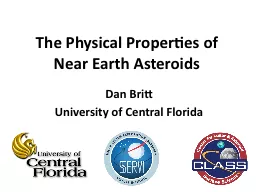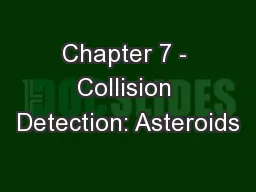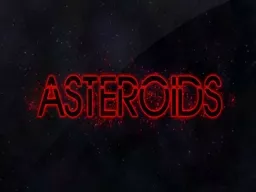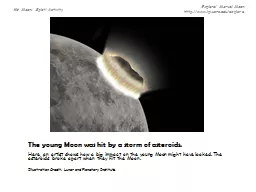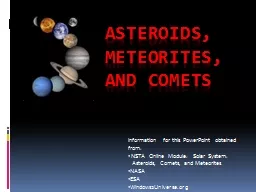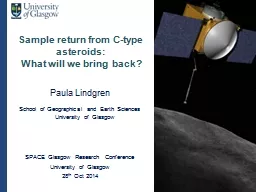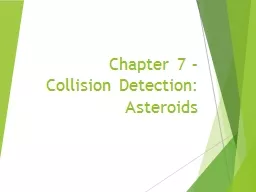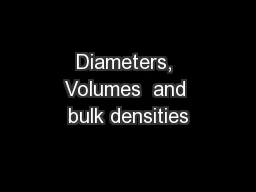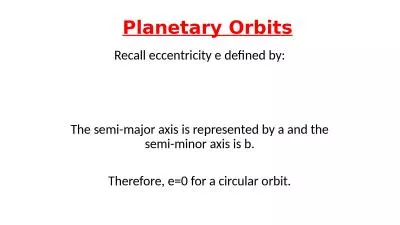PPT-The Physical Properties of Near Earth Asteroids
Author : lois-ondreau | Published Date : 2016-02-28
Dan Britt University of Central Florida What Do We Need to Know About NEA Physical Properties Asteroid Structure Rubble pile Coherent object Material Strength Tough
Presentation Embed Code
Download Presentation
Download Presentation The PPT/PDF document "The Physical Properties of Near Earth As..." is the property of its rightful owner. Permission is granted to download and print the materials on this website for personal, non-commercial use only, and to display it on your personal computer provided you do not modify the materials and that you retain all copyright notices contained in the materials. By downloading content from our website, you accept the terms of this agreement.
The Physical Properties of Near Earth Asteroids: Transcript
Download Rules Of Document
"The Physical Properties of Near Earth Asteroids"The content belongs to its owner. You may download and print it for personal use, without modification, and keep all copyright notices. By downloading, you agree to these terms.
Related Documents

